Tracing data production in public spaces
For the 5th March we organised a Data Walk, our aim was to search for the digital devices that are producing and/or displaying data in the public space.
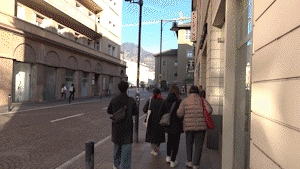
Video Camera, thermal camera, little bits counter
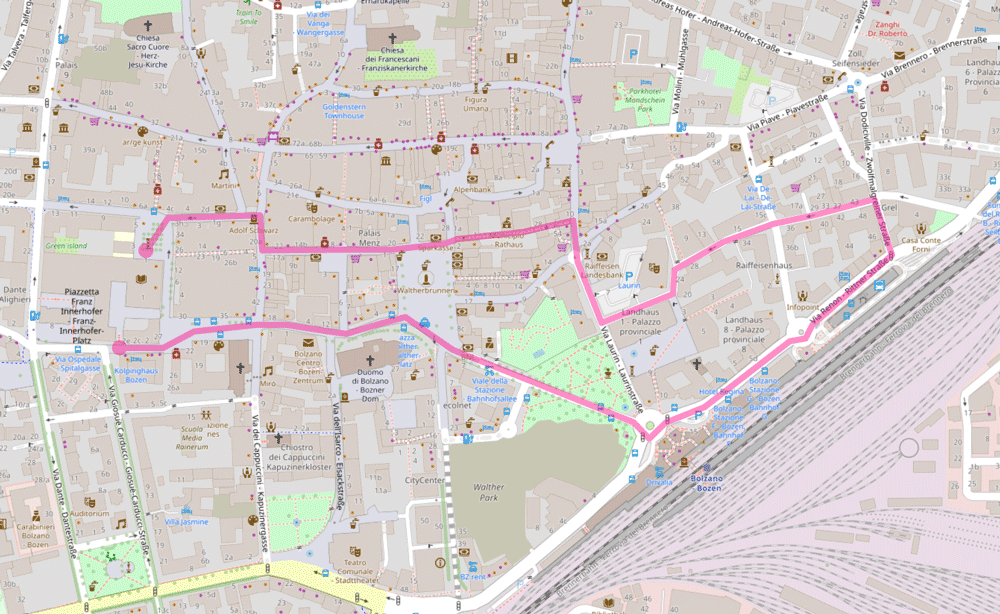
unibz (Kolping) > Waltherplatz > Train station > Bus station > Rathausplatz> Laurinstrasse > Silbergasse > Piazza delle erbe > unibz (Universitatplatz)
Data production
As soon as we started to search for these digital devices we noticed that most present tool was the security camera, followed then by weather sensors.
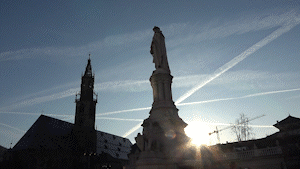

Security cameras
Hidden on the top of a building, or openly reported on a sign near the alarm system, the camera was an omnipresent device. We counted a total of 75 of them along our short path.
These deviced were mainly produced by: DKC Europe Srl, Sfhera Srl, Jablotron Group as, Sicurtekno Srl
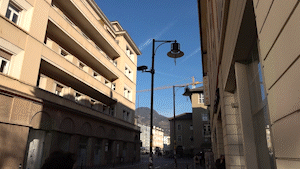
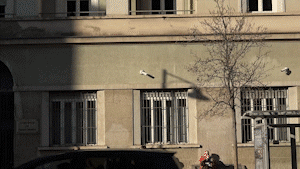
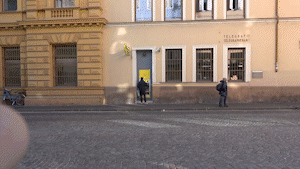
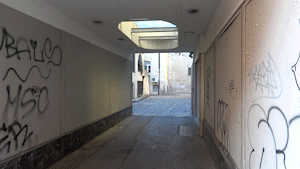
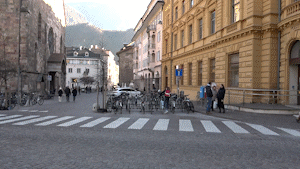
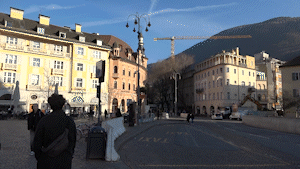
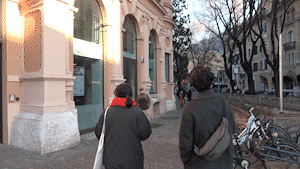
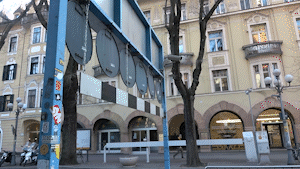
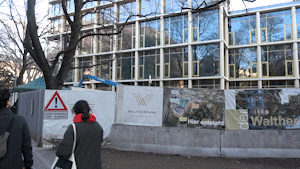
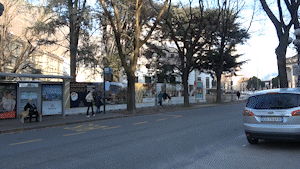
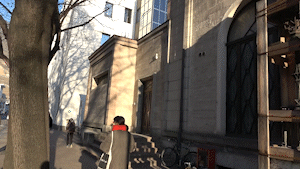

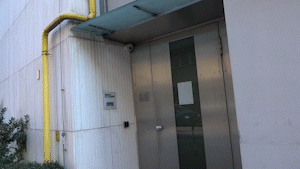
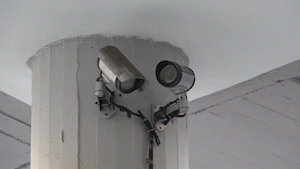
Weather sensors
I suppose all the following are weather sensors, maybe some air quality sensors. Do you know who could we ask?
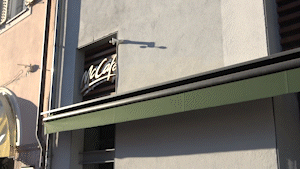

Other sensors
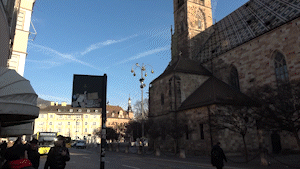
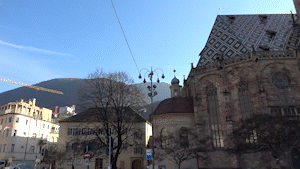
Data Display
In terms of data communication for citizens the main medium seems to be the led monitor, with the urban mobility as main field of application.
Limited Traffic Zone
The led monitor are used to inform the car drivers if the limited traffic zone of the city centre is closed or open to the general public. These screens are always associated with a camera to control the access to the zone.
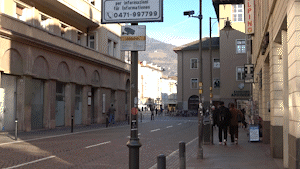
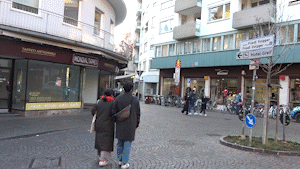
Bus Mobility Information
While on important bus stops we can find small led monitors that informs the public about the arrival of specific buses, on the buses themselves we can find bigger monitors displaying the alphanumerical code of the bus line and its final destination.
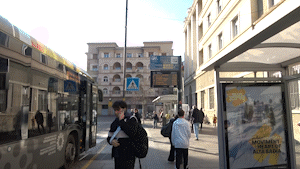
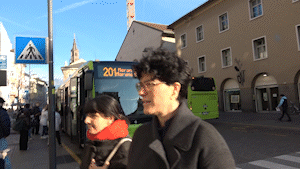
Traffic Light
The traffic light is another example of the use of led monitors. Its visual functioning is synchronised with the emission of sounds that allows the pedestrians to understand if the light is red (no sound), green (sound), or yellow (faster sound).
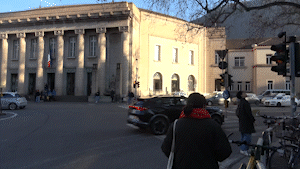
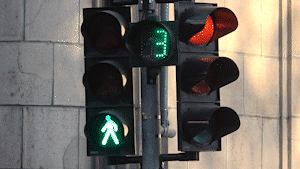
Parking Garage
Led monitors are also used to advertise parking garages around the city centre.
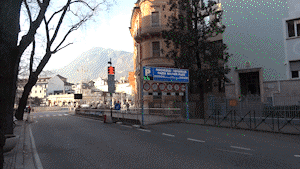
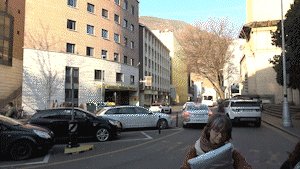
Pharmacy
One last example of led monitor is the pharmacy, displaying date, time and temperature. It is the only device openly displaying such data on our path.
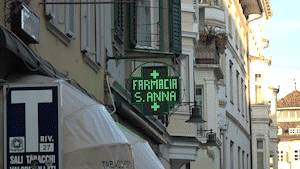
Touch Screen in Waltherplatz
The only touch monitor for data display was in Waltherplatz.
It was meant to display informations about mobility (even with taxi) and weather and air conditions. By the way only the “commercial” info are actually available.
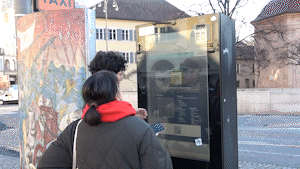
Conclusions
Not Only Humans, but Also Pigeons
During our walk, we noticed some strange-looking devices that we eventually identified as pigeon ultrasonic repellers. These devices emit high-frequency sounds that are inaudible to humans but disturb birds. While they serve as examples of hostile urban environments, there is no significant empirical evidence to suggest that ultrasound affects birds (Hunter, H., Jasper, S., & Prior, J., 2024). This led us to wonder: what if the disturbing sound were audible to humans? How would it feel?
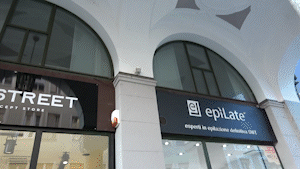
Unpleasant Feelings of Being Surveyed
Referring to workers in a CCTV control room, Goold (2002) uses the term “unobservable observer.” Observing the cameras, which were likely controlled by these “unobservable observers,” created a peculiar power dynamic. There is an imbalance in power distribution between those being surveilled and the surveyor. During our walk, we continuously felt strange emotions that we couldn’t precisely identify, but they comprised a mix of anxiety, fear, and insecurity. We were the observed bodies, compelled to “produce selves for the observer” (Lyon, 2011: 6). How do our bodies react in the presence of such a surveillance system? Do we behave differently? How do we feel?
Shared vs. Collected Data
We counted 75 diverse sensors, devices, and monitors along our path in the city, and only 8 of them served as displays to inform the public. This contrast highlights the imbalance between what is collected and what is shared. It has triggered further discussion about the role of public spaces in making data accessible to the public. Today, smartphones are used to reach various open data platforms; however, without a smartphone, individuals cannot access this data. What if open data could be made available to citizens in a more embodied, accessible, and meaningful way in public spaces?